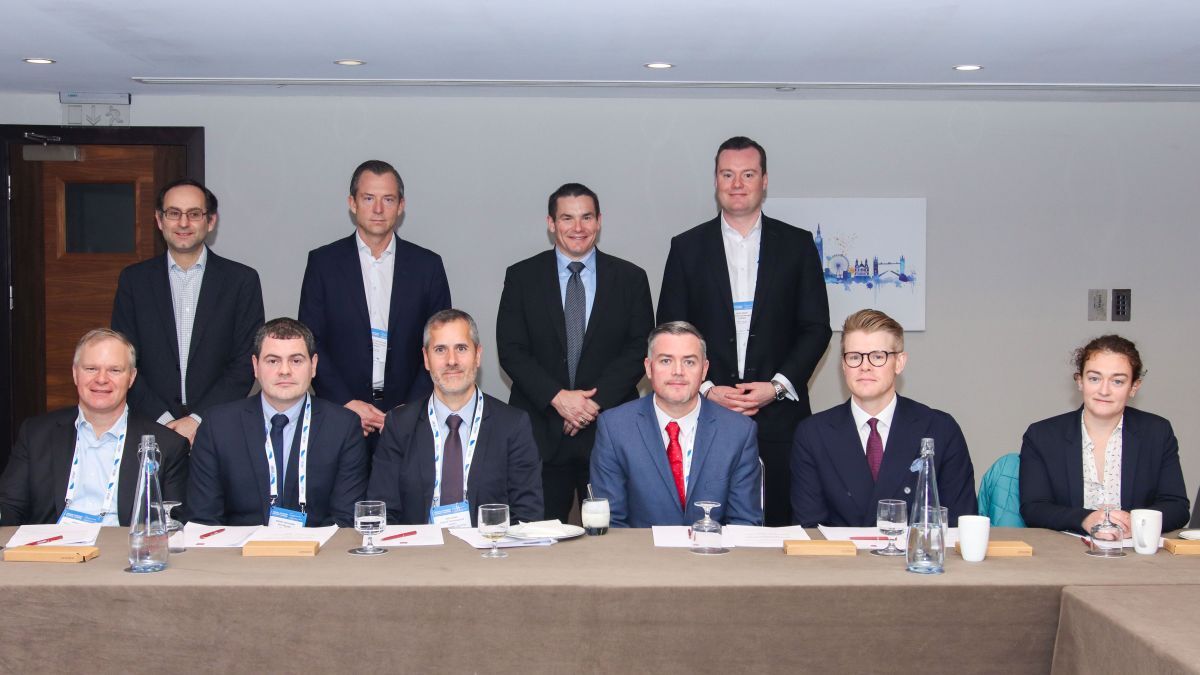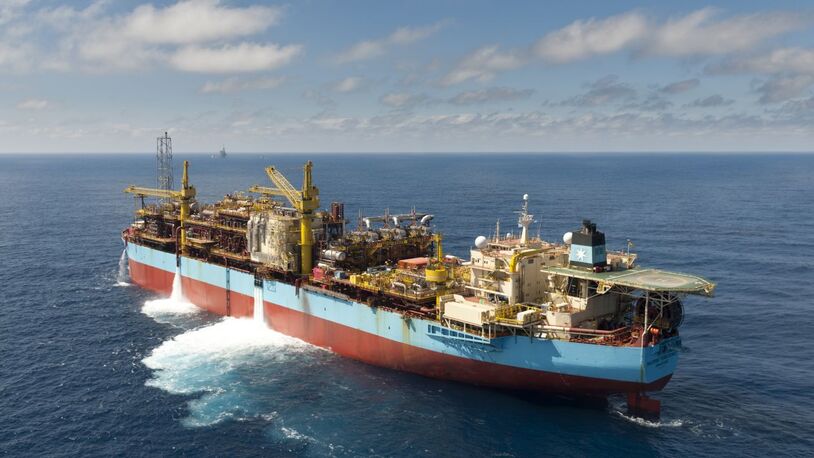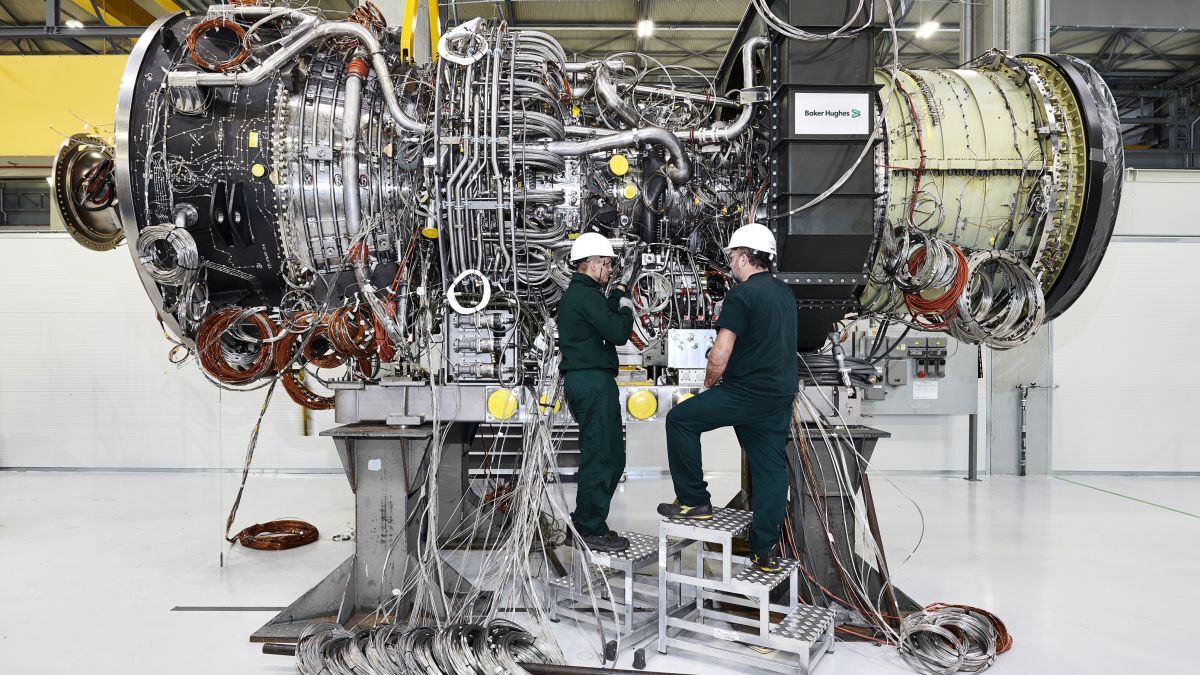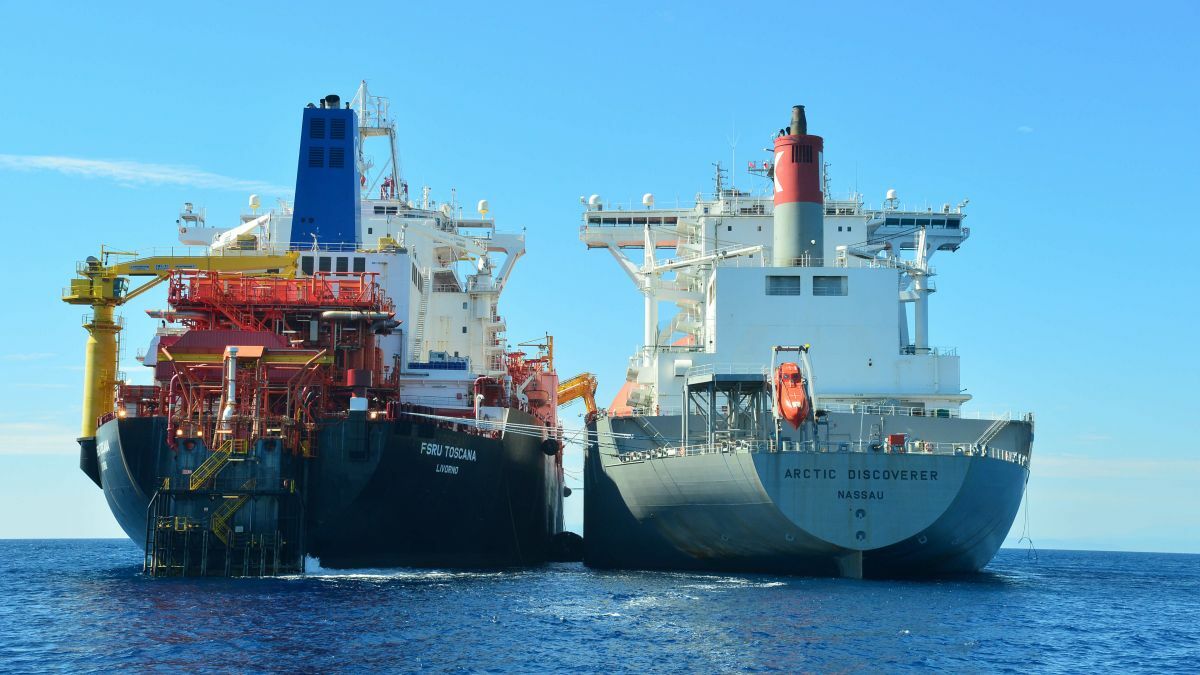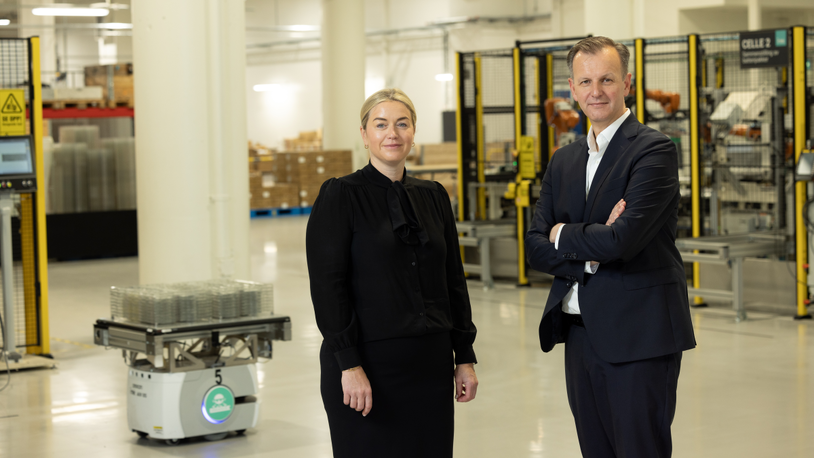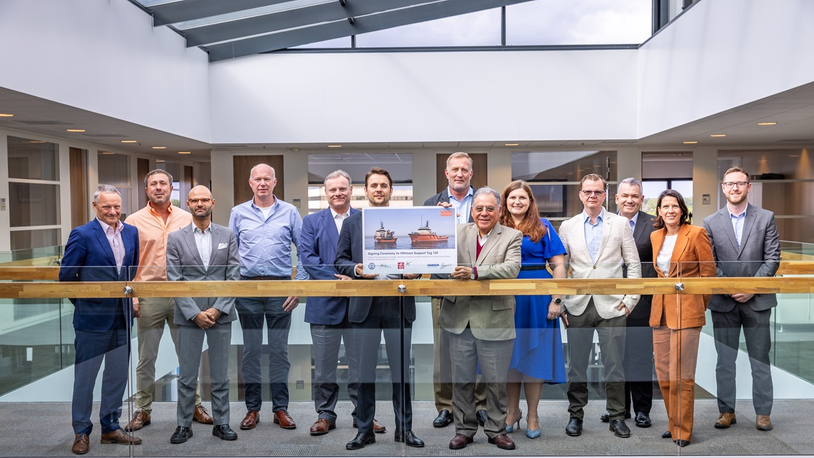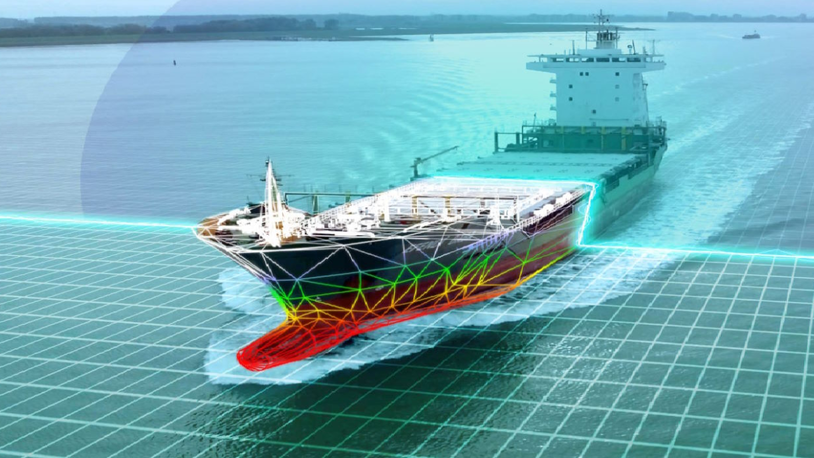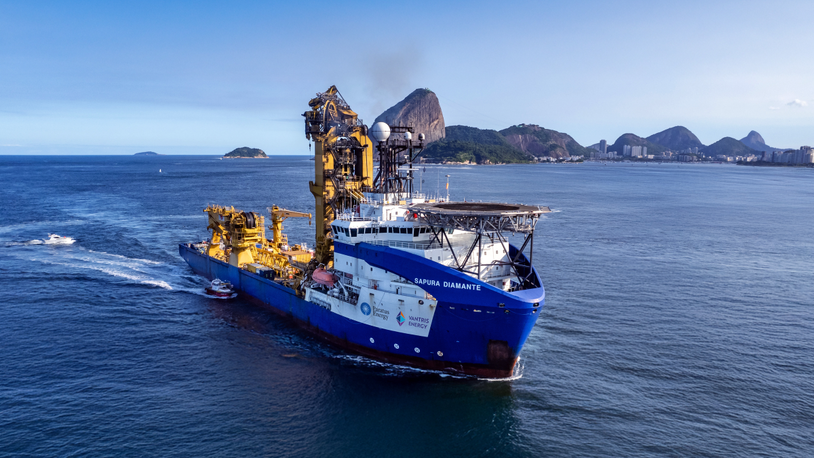Business Sectors
Contents
Register to read more articles.
Roundtable scrutinises strategic shifts in OSV operations
OSV operators are ramping up digitalisation, automation and sustainability initiatives. But connectivity issues and cyber-security demands are climbing in parallel
Digitalisation, decarbonisation, data reporting, connectivity and crew welfare remain top strategic priorities for OSV operators, but connectivity limitations and cyber threats risk undermining progress, according to the participants at an Inmarsat-hosted roundtable in London organised by Riviera Maritime Media and held under the Chatham House Rule.
Digitalisation drivers and dilemmas
Delegates, who were drawn from leading owners and operators as well as the supply chain, agreed there has been an increased focus on digitalisation over the past year driven by customer demands for real-time data feeds, automated reporting and analytics to optimise performance.
More vessels are having sensors, data infrastructure, integrated bridge systems and machine learning installed to capture insights from operational data. One operator shared how his company is using machine learning on accumulated vessel data to detect events requiring intervention. It alerts shoreside teams to potential issues so they can notify crew and provide support. For example, if a vessel is heading to a high-risk port, the company analyse past data from similar port calls to prompt recommended actions.
At the same time, participants highlighted limitations in extracting meaningful insights from data due to bandwidth limitations restricting timely data transfers and a lack of analytical capabilities or resources onshore. Upgrades to ship-to-shore data flows would enable expanded use of predictive analytics, automation and other optimisation use cases.
One attendee gave an example of a vessel that had drifted outside its planned waypoint zone near a platform without noticing, due to a lack of real-time tracking. The issue was only detected when connectivity resumed, restoring data flows on location. At that point, and only at that point, could the company perform analysis and realise the vessel had drifted outside its planned operating zone without anyone taking note in the middle of other duties.
Another participant relayed the intense demands faced during offshore wind support vessel operations. Where gangways make 14-15 volatile connections to turbine structures per day, there are opportunities to use automation and data analytics to improve safety and operational windows. However, the extremely low-latency connectivity required to make this happen is not currently available.
This led to an animated discussion on hybrid network connectivity. One participant highlighted an initiative at their company to implement SD-WAN solutions enabling vessels to leverage multiple connectivity mediums such as VSAT, LEO satellites and cellular. This ensures uninterrupted connection by seamlessly switching between different networks in the event of coverage issues or congestion.
For remote piloting and autonomous vessels, one expert said the maritime industry should target the same 99.9% connectivity uptime and reliability that fibre optics deliver on shore. Several participants said they expected convergence over time to integrated networks offshore combining geosynchronous and medium and low orbit satellites, 5G and 4G cellular, wifi and VDES transmitters. This would provide vessels unmatched diversity to maintain critical links to shore and boost cyber resilience.
Decarbonisation divergence
All the delegates spoke on the growing priority given to emissions-reduction efforts and investments in technologies like battery systems, voyage optimisation platforms and hybrid power systems to cut fuel consumption. Use of biofuels and dual-fuel engines is also expanding, along with piloting of fuel cell, wind assist and other innovations to meet sustainability commitments.
A few operators noted the high costs and payback periods involved in decarbonisation. There were divergent views on which optimisation use cases to prioritise, with opinions ranging from fuel and maintenance optimisation, DP and engine load monitoring, cargo and bunker optimisation, to collision avoidance systems and vessel tracking.
One participant noted they already collect 1.8Bn data points per day across client vessels to inform analytics. The importance of data ownership and security was emphasised regarding transmitting and storing operational fuel and emissions data from ships to onshore databases via VPN connections which pre-empted a fuller discussion on cyber risks.
Cyber safeguards
Participants were in broad agreement that cyber threats are increasing as offshore digitalisation expands, but there were mixed views on whether today’s safeguards are adequate. There were also different views on smaller suppliers’ ability to invest at the same level as larger competitors as new regulations emerge on cyber-security management systems and technology safeguards. This, said one panellist, could negatively impact the competitiveness and health of local supply chains.
There was consensus that cyber-security readiness and mandates are coming up more frequently in customer tender documents as a priority concern. One participant noted recent examples of offshore vessels inadvertently transmitting data over unencrypted networks or using incorrect VPN tunnels.
Insider threats were discussed. One company leader referenced cases globally of internal crew members or staff with malicious intent seeking to infect or disrupt company networks and vessels.
Continuous improvement of cyber-security defences, through both technology and training, were cited as a top roadmap priority for protecting data systems as offshore support vessels expand remote connectivity. Some also called attention to potential augmented reality and virtual reality tools that could identify hazards, fatigue and other risks to improve safety.
Disconnected on connectivity
There was a common view that connectivity remains the bottleneck to fully capitalising on digitalisation opportunities; backup and synchronisation processing still resulted in data delays even if analytics capabilities are maturing. There was also a clear divide between those investing significantly in analytics and artificial intelligence versus panellists who feel these capabilities are hamstrung by poor connectivity.
New low earth orbit satellite constellations were seen as having strong disruptive potential, however others said that ‘game changer’ labels were premature given present coverage limitations, high latency and panel size issues.
Crew welfare or crew farewell?
All the operators reported a strong emphasis on crew connectivity, communication tools and digital literacy to attract talent.
Participants referenced focused efforts to provide onboard crews better information access and communication tools. Examples ranged from ship-to-shore video collaboration to datalinks enabling improved handheld monitoring of vessel operating parameters while crews make rounds.
One delegate referenced autonomous ferry docking trials in Norway showing early progress. But also emphasised was the need for skilled crew to manage exceptions and achieve performance at the same level as the best captains. He said there are diminishing returns trying to replicate all aspects of human judgement. There were mixed opinions on the potential pace and extent of crewless, autonomous vessel operations even with improved connectivity. Cultural challenges are still a barrier.
There was consensus that increasing remote monitoring capabilities and data transfers will not only open more impactful pathways to vessel and voyage optimisation but benefit planning and crew welfare too.
Overall, the roundtable discussion highlighted fast-paced change and high ambition among the OSV operators as well as persistent concerns on familiar topics: crew, connectivity and cyber security.
Related to this Story
Events
LNG Shipping & Terminals Conference 2025
Vessel Optimisation Webinar Week
Marine Coatings Webinar Week
© 2024 Riviera Maritime Media Ltd.


